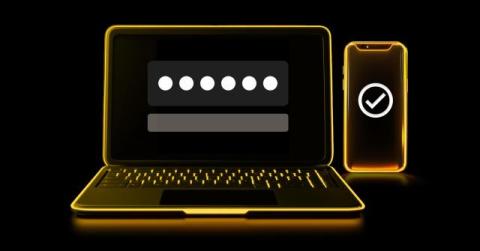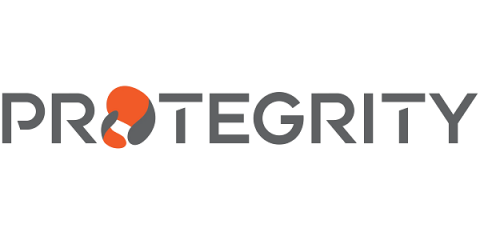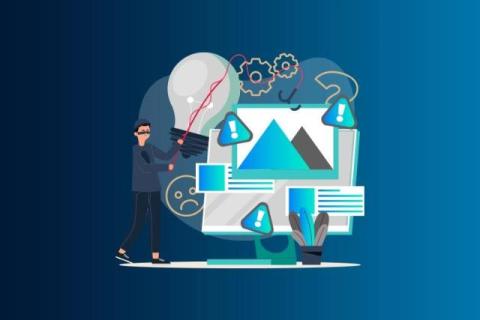SAML vs OAuth Comparison: Similarities & Differences
SAML (Security Assertion Markup Language) and OAuth (Open Authorization) are two of the most common user authentication and authorization protocols. Both of them help manage identity and access using tokens, but they serve different purposes and operate in different contexts. This blog explains the key similarities and differences between SAML and OAuth and the specific use cases where they are most commonly employed.











